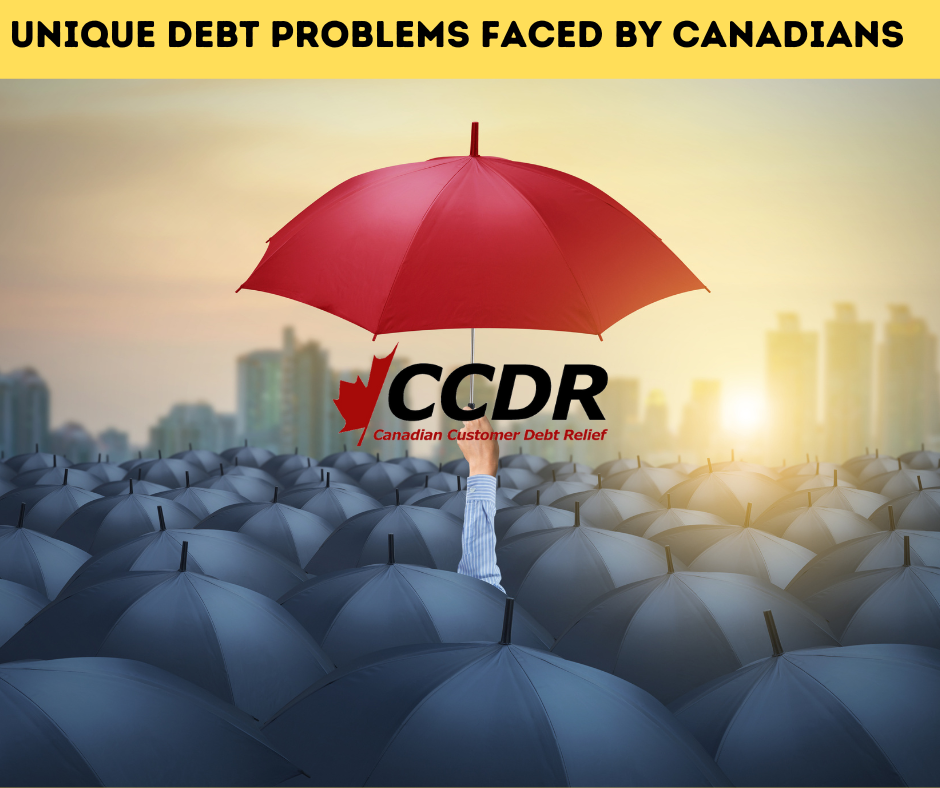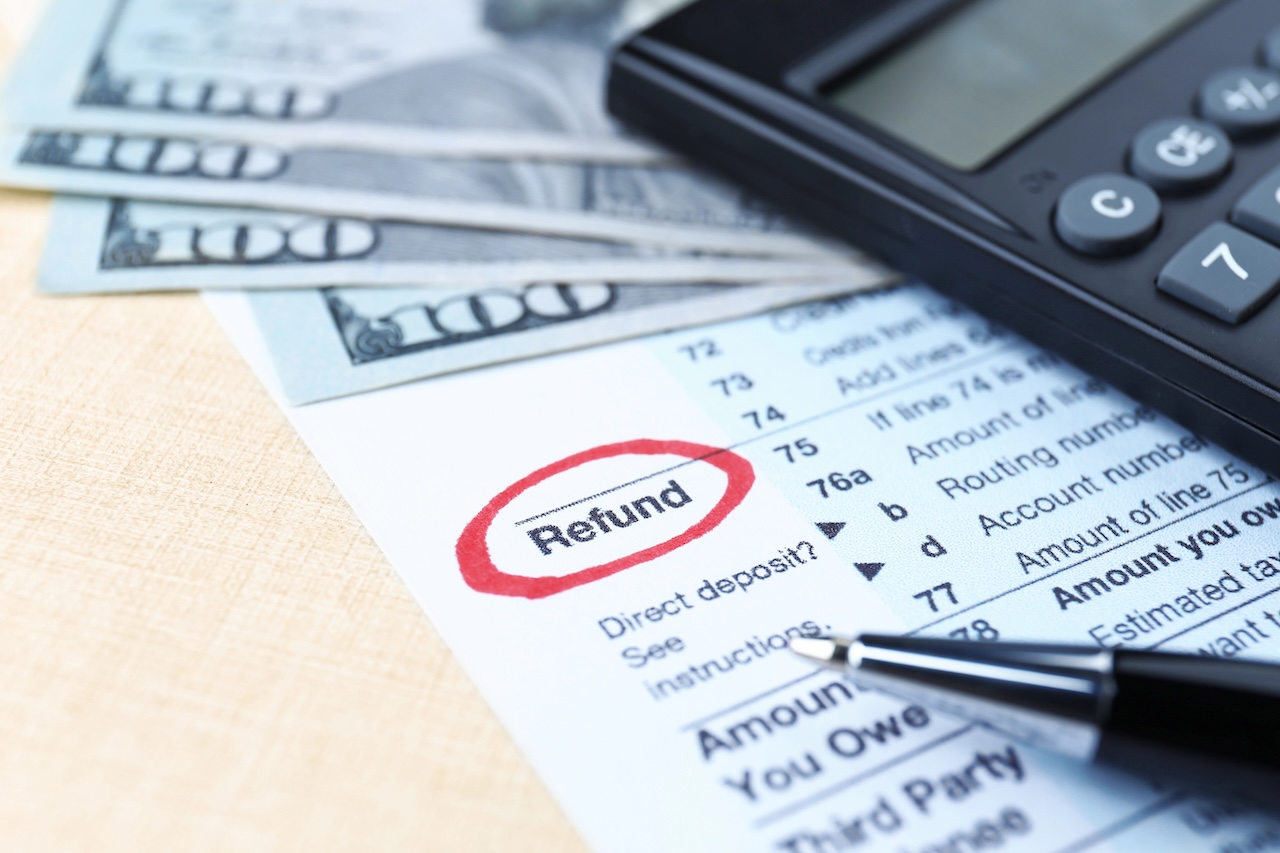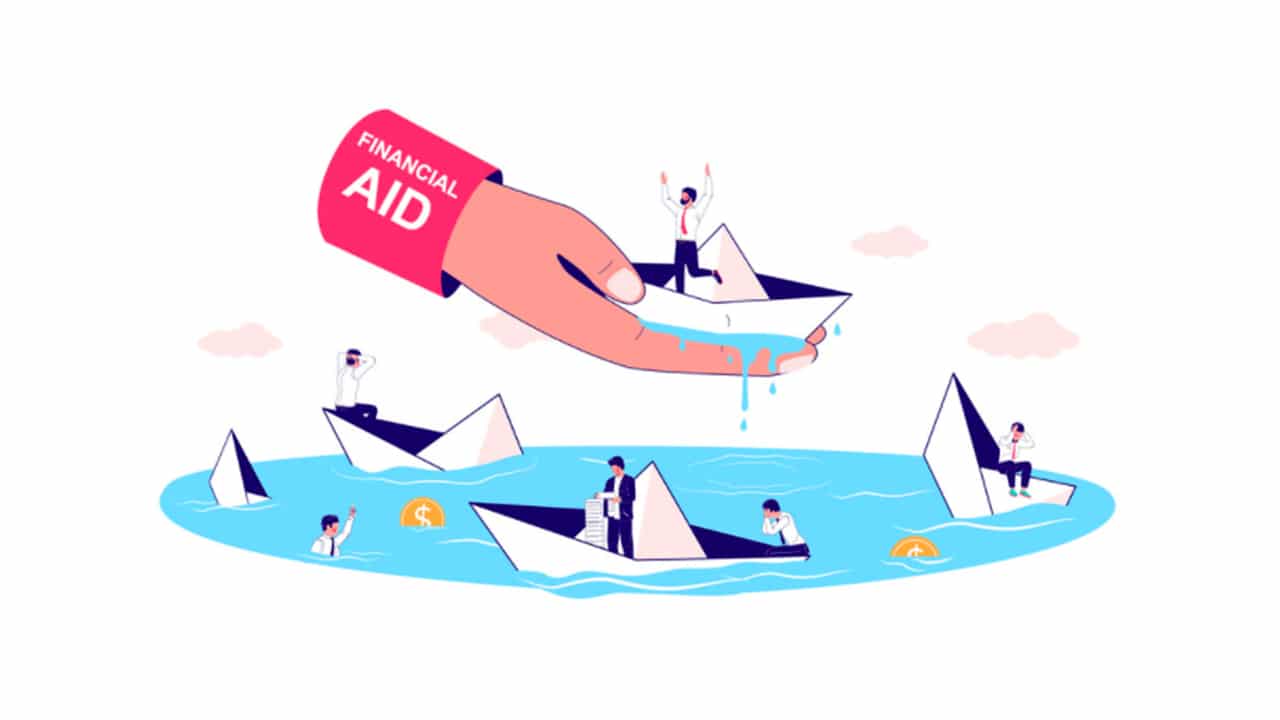Unique Debt Problems Faced by Canadians – Canadian Customer Debt Relief


With its robust economy, vast landscapes, and culturally diverse population, Canada is often regarded as one of the best places to live. While the nation boasts a high standard of living, it is not without its financial challenges, especially regarding debt. Let’s explore some of the unique debt problems that Canadians face.
Canada has had one of the highest household debt-to-income ratios among the G7 nations for years. This means that for every dollar of disposable income a Canadian household earns, they owe a significant debt. This can be attributed to factors like easy credit access, low-interest rates, and the allure of consumerism.
In recent years, major Canadian cities like Vancouver and Toronto have seen real estate prices skyrocket. This surge has led many to take on massive mortgages. While owning property signifies financial stability, the enormous debt required to enter these housing markets can be crippling.
Like many other countries, Canadian students grapple with student loan debt challenges. Pursuing higher education often comes with a hefty price tag, leading to long-term financial burdens.
Canadians have increasingly become reliant on credit cards, personal loans, and other forms of borrowed money. The convenience of credit, combined with aggressive marketing campaigns by financial institutions, has normalized the use of credit for everyday expenses.
The oil and gas sector heavily influences the Canadian economy. Regions like Alberta are especially vulnerable to the volatile nature of oil prices. Fluctuations in this industry can lead to job losses and economic downturns, making it harder for individuals to service their debts.
With an aging population, Canadians are increasingly concerned about not saving enough for retirement. Those without sufficient savings may incur more debt or rely heavily on government pensions, which may not cover all their expenses.
In a bid to tackle escalating debts, many Canadians resort to consumer proposals or even bankruptcy. These measures offer a way out of insurmountable debt.
Many Canadians struggle with basic financial literacy concepts, making them susceptible to debt pitfalls. Without a proper understanding of interest rates, credit terms, and budgeting, it’s easy to fall into a cycle of debt.
Conclusion:
The unique challenges Canadians face regarding debt underscore the need for improved financial education, stricter lending standards, and comprehensive economic policies prioritizing citizens’ well-being. Addressing these challenges will ensure the economic stability of individual households and fortify Canada’s position as a global economic powerhouse.

Tax refunds in early 2026 could be $1,000 to $2,000 larger for many households due to retroactive tax law changes....

Why does it feel like large companies always get the upper hand? Maybe it’s the long contracts with fine print,...

What can you do if you can’t afford college? Maybe the financial aid award wasn’t enough, or you only want...